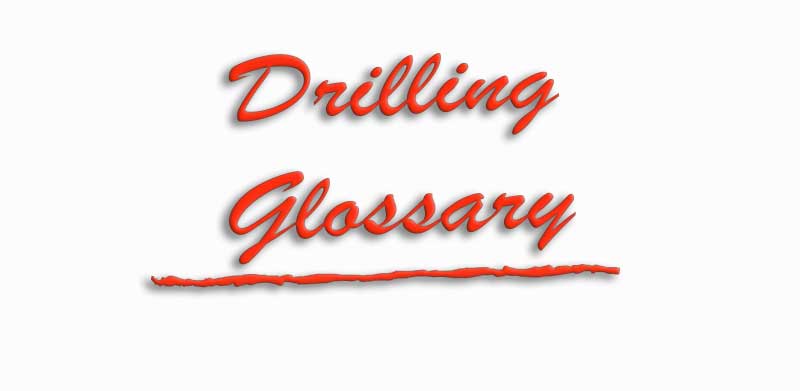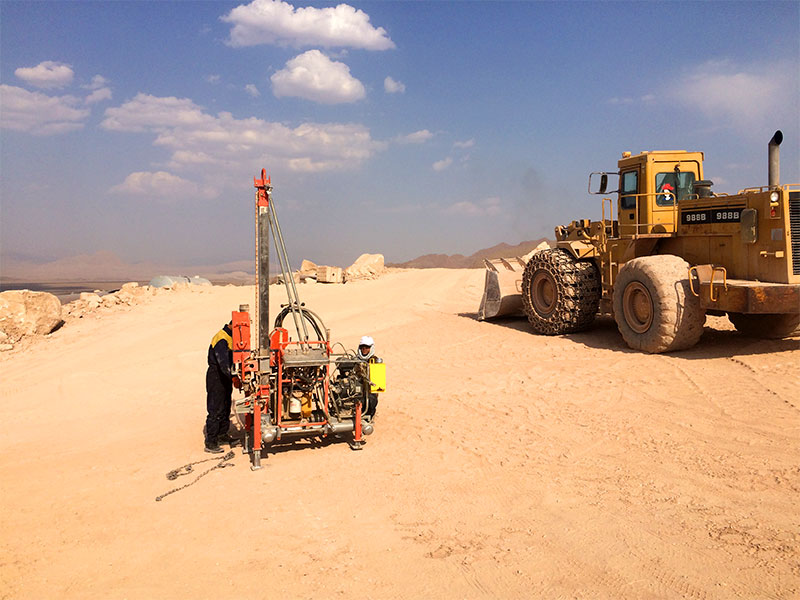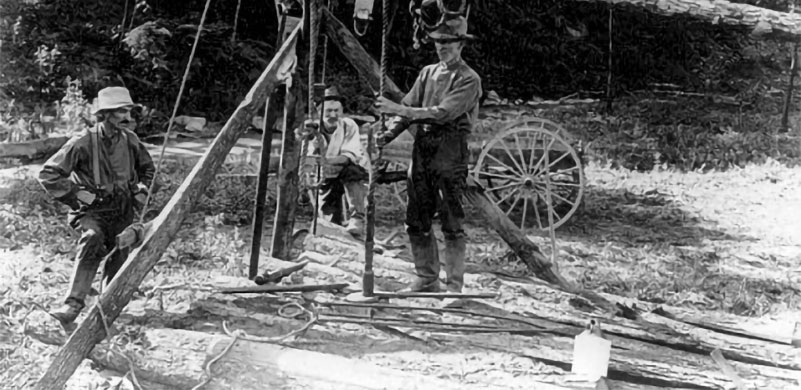
Drilling Glossary
- Borehole, Hole, or Well: This refers to a cylindrical hole where the diameter is smaller than its depth.
- Shaft: These are vertical or low-slope wells dug from the surface to a specific depth.
- Drill Operator: An individual with sufficient experience, knowledge, and skill who is responsible for protecting and guiding the drilling tools.
- Drill Bit: A component of the drilling equipment that breaks the resistance of soil or stone formations by transferring energy to them. The type of drill bit used varies based on the application.
- Rod, Pipe, or Stem: This part transfers energy and drilling fluid to the drill bit and comes in various lengths and diameters.
- Energy Source: Essentially, this is the power source for the drilling system, which could be compressed air, steam power, electricity, or a hydraulic system.
- Drill Pattern: This term refers to the longitudinal and lateral spacing between the holes.
- Drill: A device tasked with creating a hole.
- Single or Double Hand Drilling: A drilling method performed using human power. In this method, a person known as a drill operator digs a hole either alone or with the help of another person called a driller’s assistant.
- Percussive Drilling: In this method, the stone is crushed by repeated strikes.
- Jackhammer: This is a small drilling machine carried by a person.
- Wagon Drill: A type of drilling machine where the driller and its support are installed on wheels or tracks.
- Cable Tool Drilling: In this system, a steel weight (drill bit) is pulled up with a cable, and with its free fall, it digs deep holes with a diameter of more than 150 mm.
- Rotary Drilling: In this method, the drilling machine rotates a set of drilling pipes and bits, and penetration into the rock or soil is achieved through the rotation of the drill bit.
- Diamond Drilling: This method uses drills with diamond particles in conjunction with rotary drilling. It is often used to obtain samples up to 76 mm in diameter.
- Shot Drilling: This is a rotary drilling method where drill bits with steel shots are used. It is often used to prepare samples with a diameter greater than 76 mm. This type of drilling is slower in stone.
- D.T.H (Down the Hole) Drilling: This is a type of percussive rotary drilling method where the drilling hammer is placed immediately after the drill bit inside the hole. Due to the direct and unmediated transmission of strike energy to the bit, it has less energy loss. This method is used for drilling holes with a diameter of 55 mm to 230 mm.
- Dry Drilling: A drilling method in which compressed air is used to transport crushed pieces from the bottom of the hole to the outside.
- Wet Drilling: A method of drilling in which liquid (drilling mud or water) is used to transfer crushed parts from the bottom of the hole to the outside.
- Stopper: This is a type of percussive drilling system used for drilling upwards.
- Downhole Tools: These are parts including the drill bit, DTH hammer, and drill pipes that are placed inside the hole.
- Drilling Fluid: This is a gas (air) or liquid material containing solid particles flowing through the downhole system.
- Borehole: This is a type of hole or well that is dug to discover the existence of water, oil, gas, and minerals. It sometimes replaces the word hole or well.
- Rig: The main components of the drilling machine, including the mast and mast base, downhole tools, and the part that supplies the energy of the driller.
- Rock Drillability: This term denotes the degree to which a rock can resist penetration by a drilling system.









